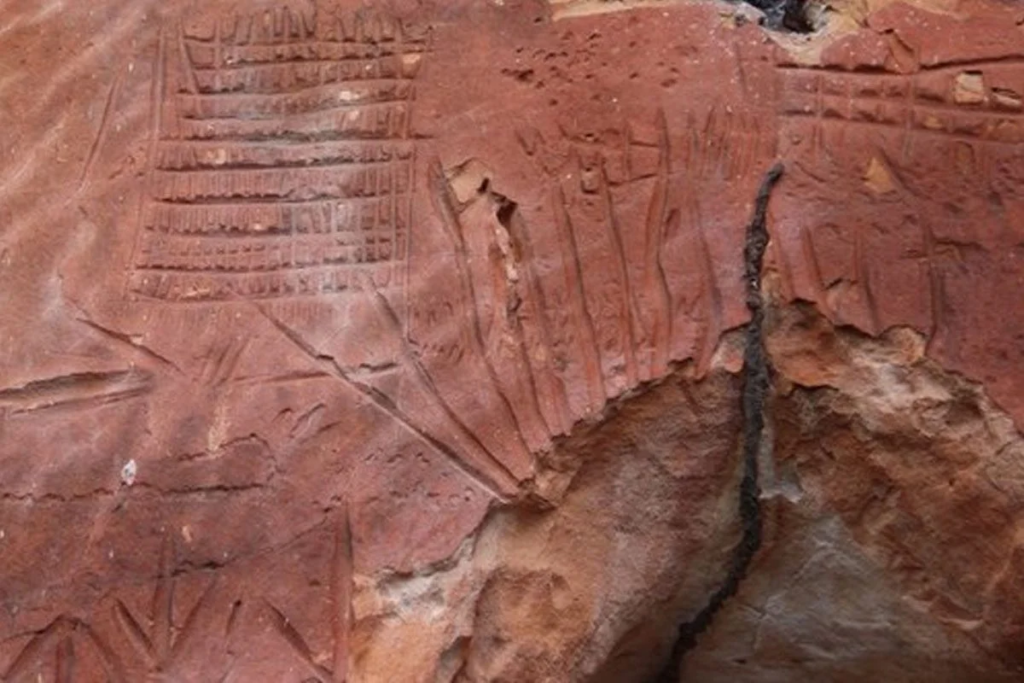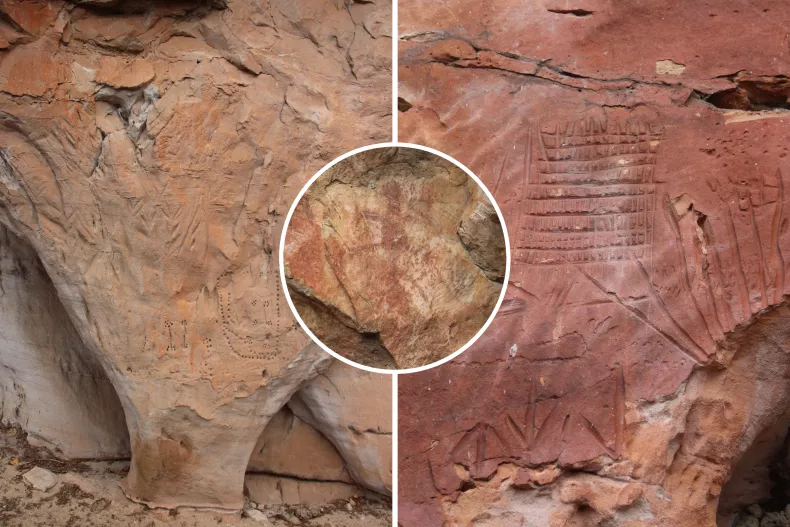
The archaeology team of the National Institute of Historic and Artistic Heritage (IPHAN) in Tocantins has concluded, in the past month, the identification and cataloging of 16 more archaeological sites in the Jalapão region, located in the east of Tocantins. The area consists of panels with pre-colonial rock art made by human groups approximately two thousand years ago.
“Among the symbols carved and painted on the rocks, human footprints, animal footprints such as deer and wild pig, and figures resembling celestial bodies stand out,” explains the archaeologist from IPHAN in Tocantins, Rômulo Macedo. He led the missions carried out between 2022 and 2023 to investigate the existence of new sites in the region.
However, the archaeologist emphasizes that this cultural asset has been threatened by various factors. Wind erosion, vandalism, forest fires, and deforestation are among the main threats to the identified sites. To minimize these impacts, IPHAN has initiated conservation and Heritage Education actions in the region, aiming to protect and promote this Brazilian cultural heritage.
Archaeological heritage of Tocantins
The recent discoveries expand Tocantins’ archaeological heritage. The state has great potential for archaeological research, with numerous sites registered by IPHAN. The newly discovered sites now form part of an archaeological complex located in Jalapão. Human occupations in those areas date back up to 12,000 years before the present and formed archaeological sites during the pre-colonial period, until the contact with European colonizers. Structures related to historical archaeology can also be found, significant of the occupation of this contact area between the Amazon Rainforest and those of the Central Brazil, the Cerrado biome.

With the expansion of infrastructure works in the Amazonian states, Tocantins is experiencing a significant increase in archaeological research conducted within the scope of environmental licensing, which has allowed the collection of data on previously unknown archaeological areas. In this context, archaeological activity is carried out by companies involved in salvaging heritage in areas impacted by economic ventures. Two actions are considered priorities: the systematization and socialization of knowledge about the found assets and the integration between archaeological and environmental licensing.
